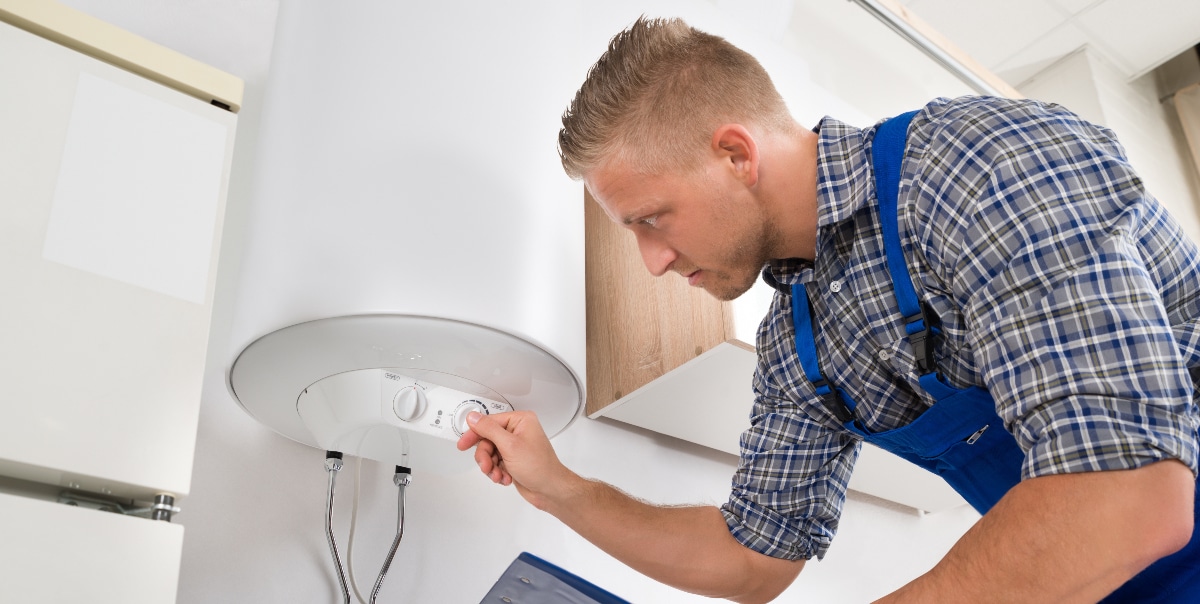Important Maintenance Tips for Your Home's Hot Water System
Important Maintenance Tips for Your Home's Hot Water System
Blog Article
We've discovered this post pertaining to Water Heater Maintenance Tips You Can't Afford to Forget below on the net and decided it made sense to quickly share it with you on my blog.

Warm water is crucial for daily comfort, whether it's for a rejuvenating shower or cleaning dishes. To guarantee your warm water system runs efficiently and lasts longer, routine upkeep is vital. This article offers sensible pointers and understandings on just how to keep your home's hot water system to avoid interruptions and expensive fixings.
Intro
Preserving your home's warm water system could seem difficult, but with a few easy actions, you can guarantee it runs efficiently for years ahead. This guide covers everything from understanding your hot water system to do it yourself upkeep pointers and understanding when to contact specialist aid.
Relevance of Maintaining Your Hot Water System
Regular upkeep not just extends the lifespan of your hot water system yet additionally guarantees it runs successfully. Disregarding upkeep can lead to decreased efficiency, higher energy bills, and also early failing of the system.
Indicators Your Warm Water System Demands Upkeep
Knowing when your warm water system requires attention can avoid major problems. Keep an eye out for indicators such as irregular water temperature, strange noises from the heating unit, or rusty water.
Comprehending Your Hot Water System
Before diving right into upkeep jobs, it's handy to comprehend the standard parts of your warm water system. Commonly, this consists of the hot water heater itself, pipelines, anode poles, and temperature controls.
Monthly Maintenance Tasks
Regular monthly checks can help catch minor issues prior to they rise.
Flushing the Hot Water Heater
Flushing your water heater gets rid of debris accumulation, improving efficiency and lengthening its life.
Monitoring and Replacing Anode Rods
Anode rods protect against corrosion inside the container. Checking and replacing them when worn out is critical.
Checking and Changing Temperature Setups
Changing the temperature setups makes sure optimal efficiency and security.
DIY Tips for Upkeep
You can carry out several upkeep tasks yourself to maintain your hot water system in leading condition.
Checking for Leakages
Frequently evaluate pipes and links for leakages, as these can bring about water damage and higher bills.
Evaluating Stress Alleviation Valves
Evaluating the pressure relief valve ensures it operates appropriately and stops extreme pressure build-up.
Shielding Pipelines
Protecting warm water pipelines minimizes warm loss and can conserve energy.
When to Call a Specialist
While DIY upkeep is valuable, some issues require specialist proficiency.
Facility Concerns Needing Professional Aid
Instances include major leakages, electrical troubles, or if your water heater is constantly underperforming.
Regular Specialist Upkeep Benefits
Specialist maintenance can consist of extensive examinations, tune-ups, and guaranteeing conformity with security standards.
Final thought
Regular upkeep of your home's hot water system is necessary for efficiency, longevity, and price savings. By adhering to these pointers and knowing when to look for professional assistance, you can make certain a reputable supply of warm water without unforeseen interruptions.
How to Maintain an Instant Hot Water Heater
Before tinkering with your hot water heater, make sure that it’s not powered on. You also have to turn off the main circuit breaker and shut off the main gas line to prevent accidents. Also turn off the water valves connected to your unit to prevent water from flowing into and out of the appliance. 2. When you’re done, you have to detach the purge valves’ caps. These look like the letter “T†and are situated on either side of the water valves. Doing so will release any pressure that has accumulated inside the valves while at the same time avoid hot water from shooting out and burning your skin. 3. When the purge valves’ caps are removed, you have to connect your hosing lines to the valves. Your unit should have come with three hoses but if it didn’t, you can purchase these things from any hardware or home repair shops. You can also get them from retail stores that sell water heating systems. Read the user’s manual and follow it to complete this task properly. When the hosing lines are connected, open the purge port’s valves. 4. You should never use harsh chemical cleaners or solutions when cleaning your unit. Make use of white vinegar instead. It should be undiluted and you’ll probably use about 2 gallons. 5. Now flush your water heater. This task should probably take about 40 minutes. We can’t give you specific directions for this because the procedure is carried out depending on the type, model and brand of your heater. With that being said, refer to the user’s manual. 6. When you’re done draining the unit, you have to turn off the purge port valves again. Remove the hosing lines that you earlier installed on each of the water valves. Put the valve caps (purge port) back in their respective places and be very careful so as not to damage the rubber discs that are found inside these caps. 7. Now that everything’s back in place, check your user’s manual again to find out how to reactivate your water heating system. 8. Once it is working, turn one of your hot water faucets on just to let air pass through the heater’s water supply pipes. Leave the tap on until water flows smoothly out of it. https://www.orrplumbing.com/blog/2014/september/how-to-maintain-an-instant-hot-water-heater/

I hope you liked our section about What Kind of Maintenance Do Water Heaters Need?. Many thanks for finding the time to read our article post. Remember to set aside a second to distribute this write-up if you appreciated it. Many thanks for being here. Come back soon.
Click Here Report this page